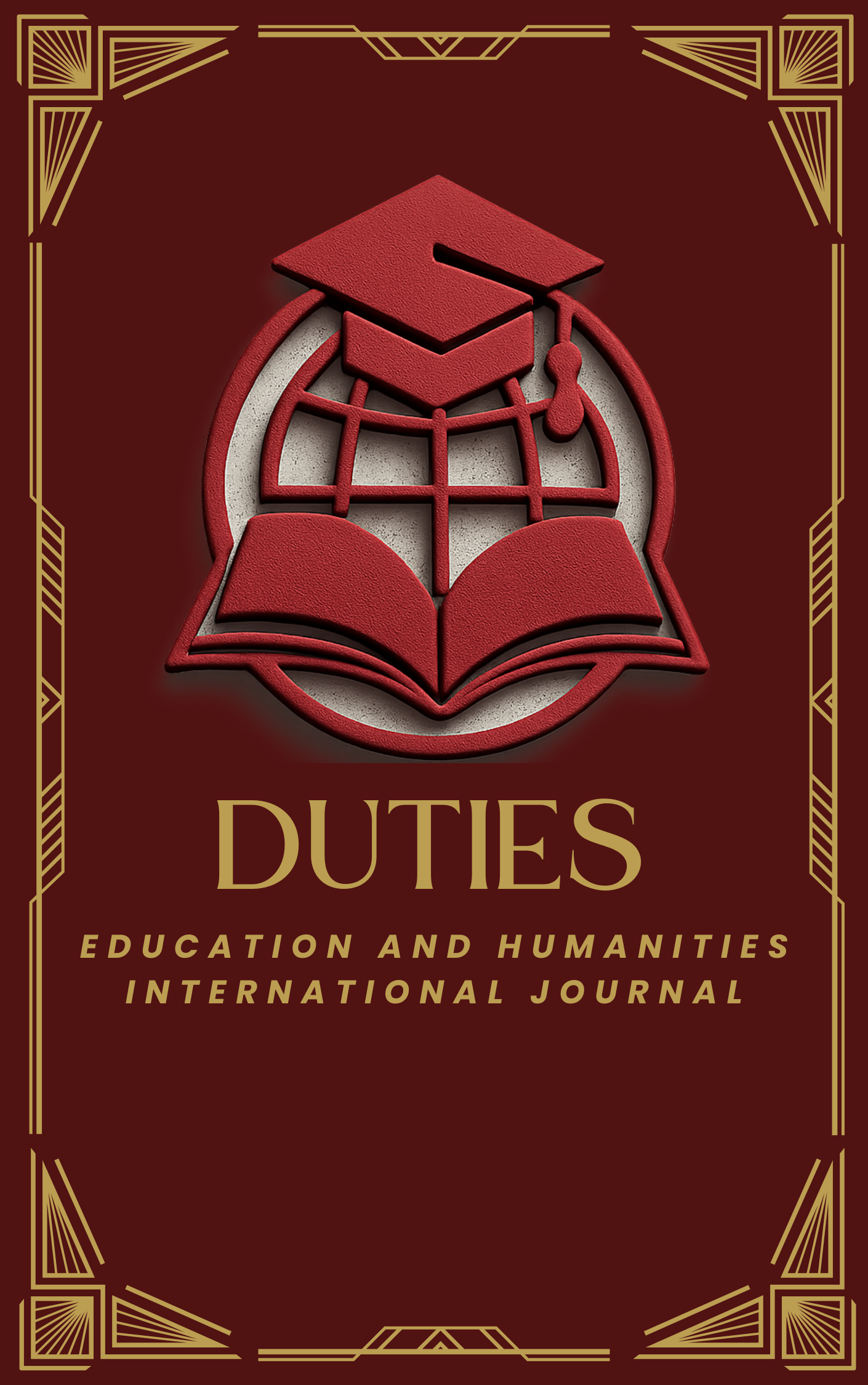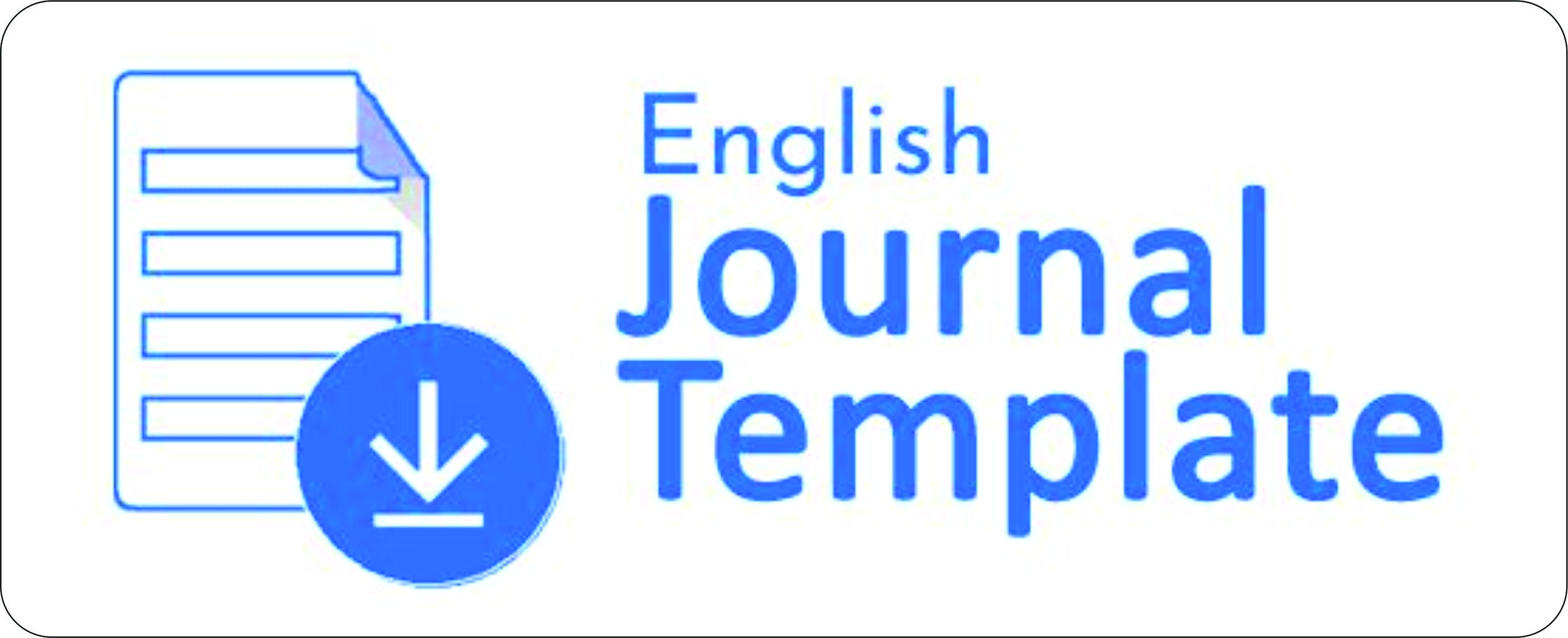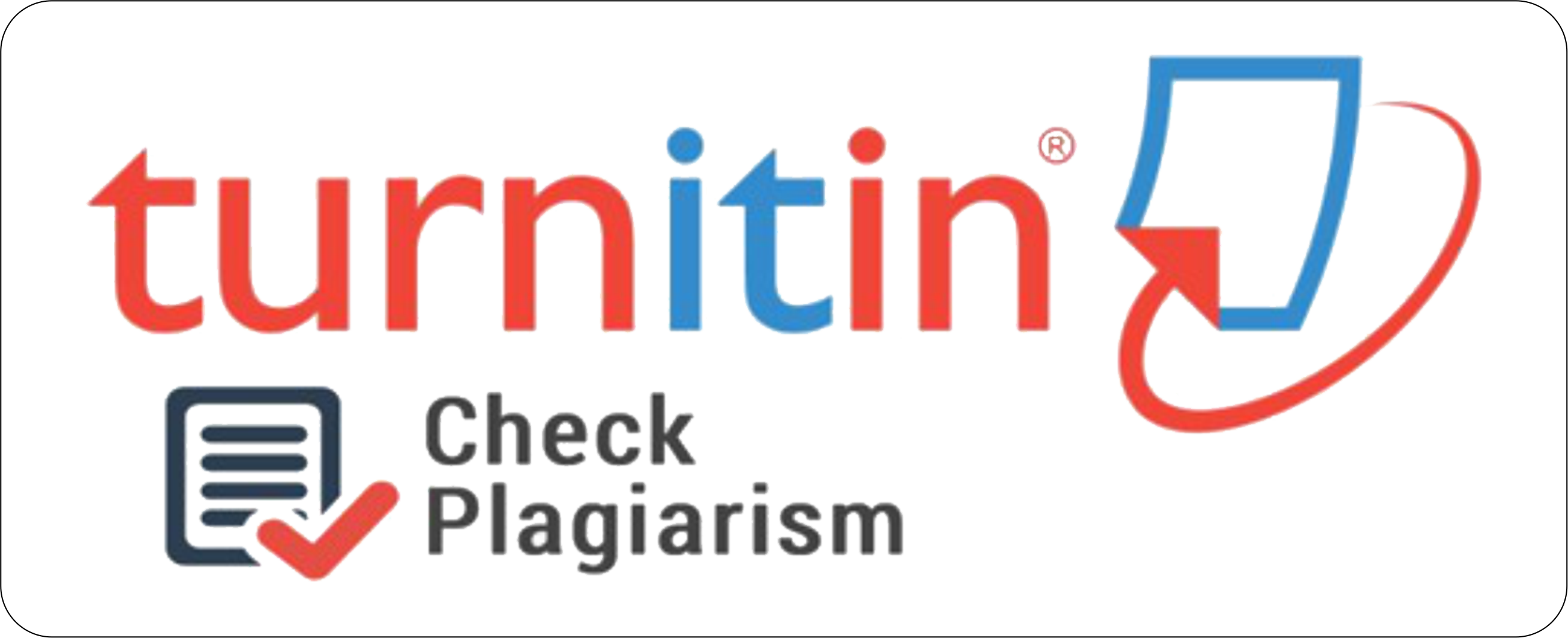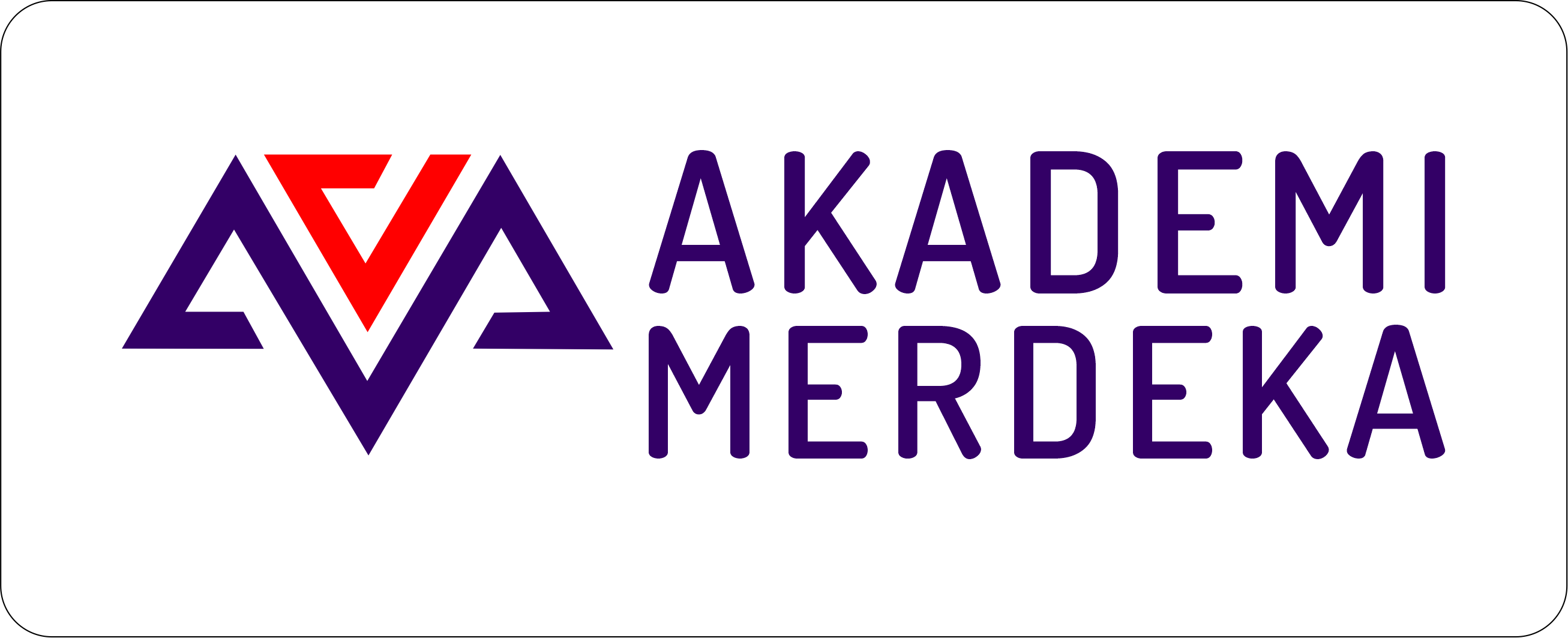The Implementation of Teacher Feedback to Improve Students Writing Skills in Junior High School
DOI:
https://doi.org/10.70152/duties.v1i1.173Keywords:
Teacher Feedback, Writing Skill, Junior High SchoolAbstract
This study investigates the implementation of teacher feedback to improve junior high school students' writing skills, focusing on common writing errors and the effectiveness of different types of feedback. English is a significant challenge for many Indonesian students, especially in grammar and syntax. Research using the Taxonomy of Surface Strategies (Dulay, Burt, & Krashen, 1982), established four main types of writing errors: omission, addition, misformation, and misordering. The study further examined teacher feedback by using Hattie and Timperley's (2007) model, which divides feedback into task, process, self-regulatory, and personal types. Data were collected through classroom observations, interviews, and analysis of students' written documents. The main results of the study show that omission errors are the most common among students, followed by addition errors, information errors, and sequencing errors. Feedback from teachers, especially those focusing on task type and process, proved to be very effective in helping students correct errors and improve their writing skills. The study also found that feedback that encourages students' self-regulation can improve their ability to self-correct errors, while personalized feedback helps increase students' motivation. The implications of this study suggest that comprehensive feedback strategies, which include error correction as well as writing process support, are essential to be implemented in English language learning in junior high schools in Indonesia, in order to sustainably improve students' writing skills.








